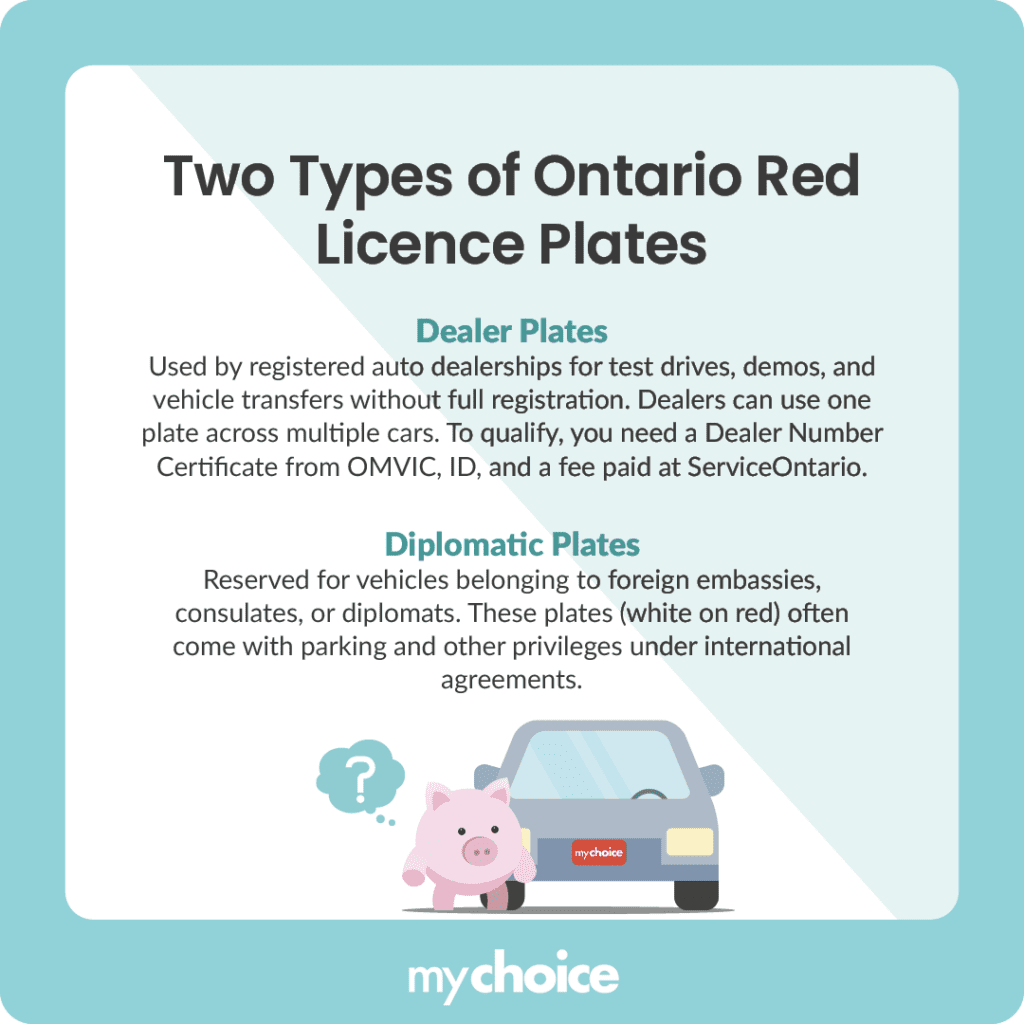Ontario’s red licence plates serve a unique function, helping quickly identify vehicles with specific roles. These plates are not meant for private use. They are reserved for auto dealers and foreign diplomats.
Recognizing these plates can be useful for drivers, businesses, and those interested in Ontario’s vehicle regulations. In this article, you’ll explore their significance, differences, and why they matter.
What Do The Red Licence Plates Mean in Ontario?
In Ontario, red licence plates signal that a vehicle has a special role beyond everyday driving. You won’t see them on regular cars because they’re reserved for specific groups, like dealers and diplomats. The red colour allows authorities and the public to quickly identify these vehicles.
Unlike regular licence plates that stay with a single vehicle, red dealer plates can be switched between cars, and dealers usually use them on used cars they bought. This flexibility allows dealerships to use one plate for multiple vehicles, making test drives and deliveries easier.
Two Types of Ontario’s Red Licence Plates
There are only two types of Ontario’s special red plates, classified by their owners and intended use. Let’s take a closer look at the differences between them:

How To Differentiate Between The Two
Dealer and diplomatic plates have unique markings that make them easy to differentiate:
Key Advice From MyChoice
- If you’re using a red dealer plate, keep your travels within Ontario. These plates aren’t recognized in other provinces, meaning you could run into legal trouble if you take one across the border.
- Avoid misuse of red plates if you have access to them. These plates come with strict regulations, and using one improperly can lead to fines or legal trouble.
- While auto dealers enjoy some flexibility when switching red plates for their dealership cars, this doesn’t mean that they can be used for just any purpose. Dealers can only use them for business activities, and breaking these rules can lead to fines, legal penalties, or having the plate revoked altogether.








